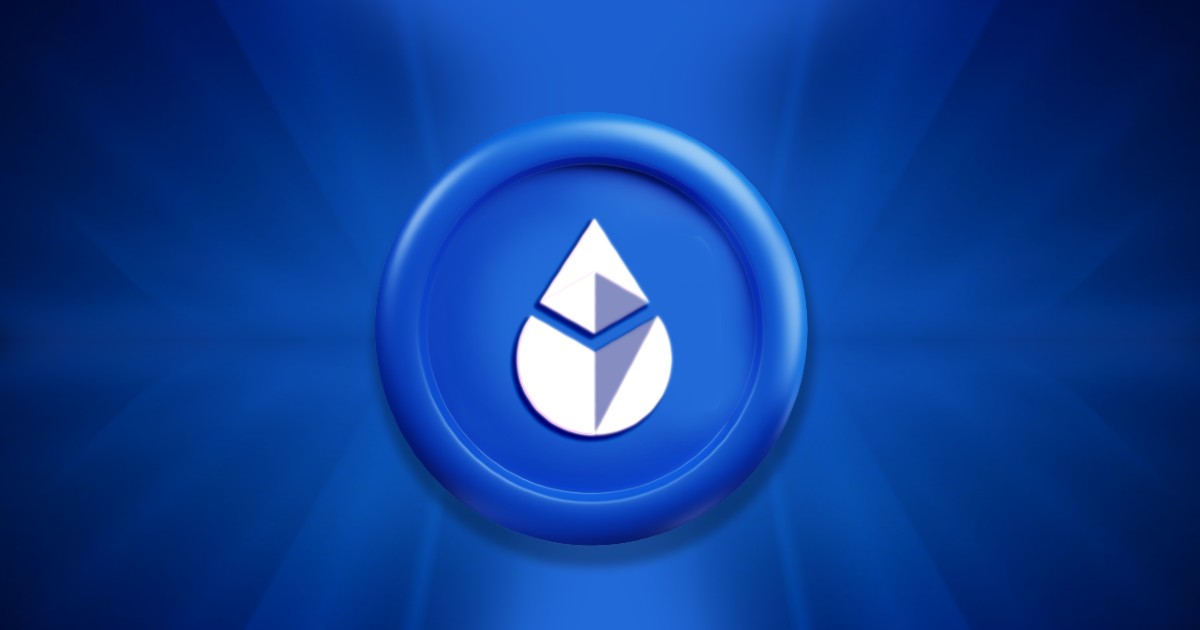Lido is now on layer-2 solutions, Arbitrum, and Optimism, and would allocate 150,000 LDO tokens in rewards per month from Oct 7 for wstETH across each network.

According to Lido, expanding its services to layer-2 blockchains would better enhance the accessibility of Ethereum staking while also reducing gas fees.
Unlike traditional staking, where stakers can’t withdraw until their staking period lapses, Lido Finance is a liquidity staking platform that provides flexibility for stakers. It allows stakers to withdraw their staked tokens whenever they want.
Lido’s first phase of Layer-2 rollout enables the bridging of Lido’s Wrapped Staked Ether (wstETH) token to the two supported L2 networks while preserving the unique properties of stETH in the process.
stETH is the Ethereum liquid staking token Lido gives to stakers when they stake. In opposition, wstETH is the wrapped version that ensures a fixed balance of stETH for use in decentralized finance (DeFi) applications that require a constant balance mechanism.
With plans to issue out the 150,000 LIDO tokens as rewards, the protocol said the aim behind this initiative is to build wstETH liquidity for liquidity mining incentives on DeFi partners, including Beethoven, Balancer, Curve, Kyber Network, and Velodrome.
Notably, Lido’s plan to expand to L2 networks was initially revealed in July when the team admitted that in the future, a large portion (if not a majority) of economic activity and transaction volume would migrate to both general use and purpose-specific Layer 2 networks.
In addition, both layer-2 networks Lido first chose to deploy to have an 80% market share between them. According to L2beat, Arbitrum leads with a 50.68% market share and $2.38 billion in total value locked (TVL), and Optimism follows with a 30.68% share and a $1.44 billion TVL.
Image source: Shutterstock
